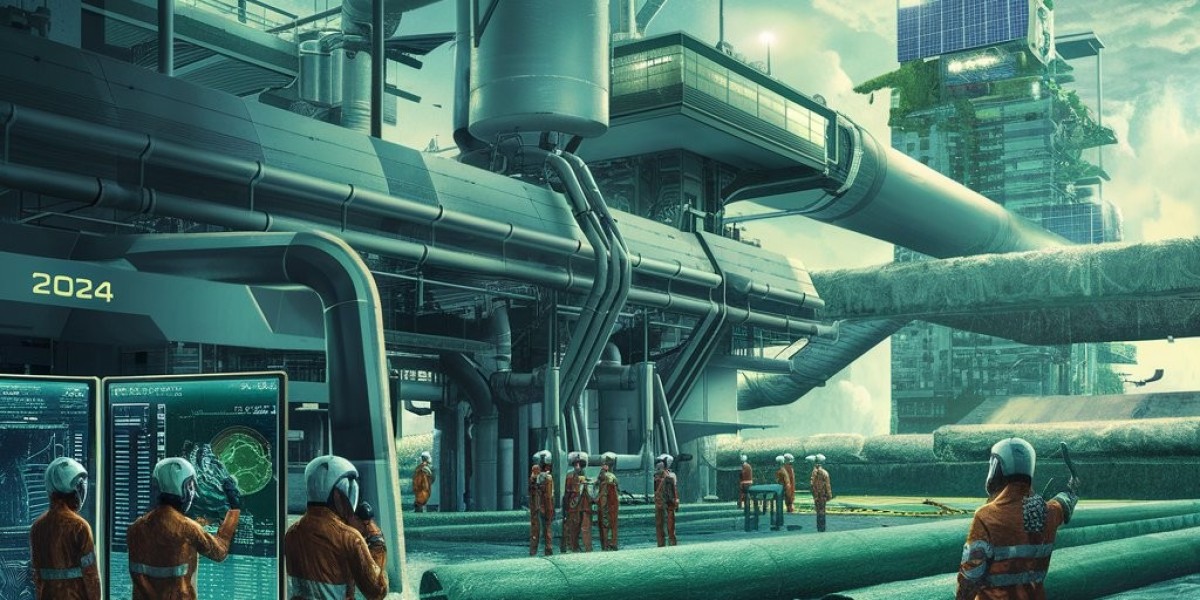As environmental consciousness continues to rise in 2024, the importance of spill containment has become paramount across various industries. Whether in manufacturing facilities, oil fields, or transportation networks, effective spill containment practices are essential for preventing environmental damage and minimizing the impact on ecosystems. In this article, we delve into the best practices for spill containment to safeguard the environment and promote sustainability.
Understanding Spill Containment
What is Spill Containment?
Spill containment refers to the proactive measures and strategies implemented to prevent the spread of hazardous substances in the event of a spill or leak. These measures aim to confine the spillage within a designated area, preventing it from contaminating soil, waterways, or air.
Importance of Spill Containment in 2024
With increasing regulatory scrutiny and public awareness regarding environmental protection, spill containment has emerged as a critical aspect of risk management for businesses. In addition to regulatory compliance, effective spill containment helps organizations uphold their corporate social responsibility (CSR) commitments and mitigate potential liabilities associated with environmental damage.
Spill Containment Best Practices
1. Risk Assessment and Prevention
Prior to implementing spill containment measures, businesses should conduct a thorough risk assessment to identify potential sources of spills and leaks. This involves evaluating the types of hazardous substances used or stored on-site, assessing storage and handling procedures, and identifying vulnerable areas where spills are most likely to occur. By addressing root causes and implementing preventive measures, organizations can minimize the likelihood of spills and mitigate risks proactively.
2. Spill Response Planning
Developing a comprehensive spill response plan is essential for ensuring swift and effective action in the event of a spill. The plan should outline clear roles and responsibilities, establish communication protocols, and specify procedures for containing and cleaning up spills safely. Regular training and drills are also crucial to ensure that employees are prepared to respond effectively to spill incidents and minimize environmental impact.
3. Proper Equipment and Infrastructure
Investing in the right equipment and infrastructure is key to successful spill containment. This includes installing secondary containment systems, such as berms, dikes, or containment pallets, to capture and contain spilled liquids before they can spread. Additionally, having access to spill response kits, absorbent materials, and specialized containment barriers can facilitate prompt and efficient cleanup efforts, minimizing environmental damage.
4. Regular Inspections and Maintenance
Regular inspections and maintenance of spill containment systems are essential to ensure their effectiveness and reliability. Businesses should conduct routine checks of containment barriers, storage tanks, and transfer equipment to identify any signs of wear, corrosion, or potential failure. Prompt repairs and proactive maintenance help prevent leaks and ensure that spill containment systems are ready to perform when needed.
About Well Site Guard Ltd.
Well Site Guard Ltd. provides premier solutions for clean, efficient, complete stuffing box oil and production fluid leak and spill containment. We engineer and design our reliable, high-quality units to meet and exceed the needs of North American oil producers.
In conclusion, effective spill containment practices are critical for protecting the environment and ensuring regulatory compliance in 2024 and beyond. By implementing proactive measures, developing robust response plans, and investing in proper equipment and infrastructure, businesses can mitigate the risks associated with spills and contribute to a cleaner, more sustainable future.








